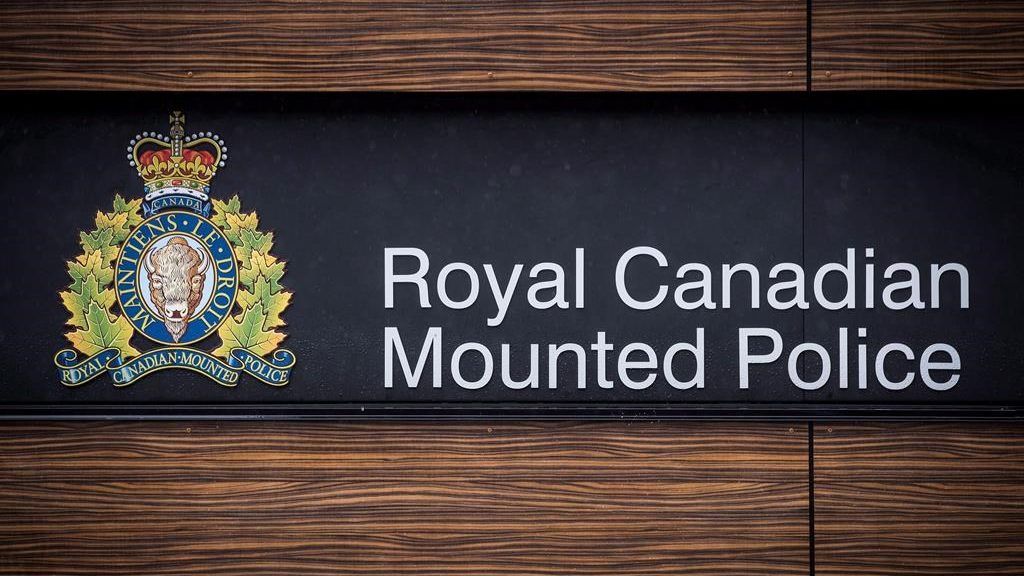Harold Ramis – writer, director, actor and comedy father figure – dies at 69
Posted Feb 24, 2014 10:46:56 PM.
This article is more than 5 years old.
“Caddyshack.” ”National Lampoon’s Animal House.” ”Ghostbusters.” ”Groundhog Day.” ”Stripes.”
Those titles are some of the most beloved and widely quoted comedy classics of the last thirty years. They’re also Harold Ramis’ filmography.
Ramis, the writer-director-actor who quietly and often off-screen created an unparalleled and hugely influential body of laughs, died Monday. He was 69.
He suffered for several years from an autoimmune disease that caused inflammation and damage to his blood vessels, and died at his home in the Chicago suburbs, surrounded by family and friends, his talent agency said.
His rattled a modern comedy world Ramis helped build. His legacy as a father figure to generations of comedians was appropriately captured in Judd Apatow’s “Knocked Up,” in which Ramis was cast as Seth Rogen’s father, he said, “because we all saw him as the dream dad.”
“Harold Ramis made almost every movie which made me want to become a comedy director,” Apatow said. “These films are the touchstones of our lives.”
Chevy Chase, whom Ramis directed in “Caddyshack” and “National Lampoon’s Vacation,” called him “a great man who shunned unnecessary Hollywood-type publicity.”
“It was Harold who acted out and gave me the inspiration for the character of Clark Griswold,” Chase said Monday. “I was really copying Harold’s impression of Clark.”
Ramis joined The Second City in 1969, and in 1976 became head writer for the Canadian-based comedy show Second City Television, or “SCTV.”
His sprawling circle of Canuck cohorts during that seminal time included fellow comics John Candy, Joe Flaherty, Eugene Levy and Catherine O’Hara, as well as musician Paul Shaffer.
“Harold was the sweetest of men and obviously among the very most talented,” Shaffer said in a statement to The Canadian Press on Monday from New York.
“He always reminded me of the fun our whole group had together back in the early ’70s. I believe his life was quite fulfilled albeit all too short.”
Admittedly lacking the dashing leading-man looks of some of his peers, Ramis was memorably nebbish: curly haired, gangly and bespectacled. He played Ghostbuster scientist Egon Spengler (naturally, the one with all the ideas), and Bill Murray’s Army recruit buddy in “Stripes.”
But Ramis, a Chicago native and early member of the improv comedy troupe Second City, was a far larger force behind the camera. He co-wrote and directed “Caddyshack,” ”Groundhog Day,” and “Analyze This.” He also helped pen “Meatballs,” ”Stripes” and “Ghostbusters.”
Ramis could be reasonably credited with making more people roll in the aisles from the late ’70s to the early ’90s than most anyone else. Murray, Ramis’ frequent collaborator, said in a statement: “He earned his place on this planet.”
With a Baby Boomer antiestablishment bent, Ramis — who escaped Vietnam service, he claimed, by checking every box on the medical-history form — pushed against institutions: the college dean of “Animal House,” the country club members of “Caddyshack,” the drill sergeant of “Stripes.”
He was known to have a spiritual pull, on full display in the wry but earnest existentialism of “Groundhog Day” (1993), in which Murray re-lives a day until he finally gets it right. His “Ghostbusters” co-star and Second City mate Dan Aykroyd said: “May he now get the answers he was always seeking.”
The son of Chicago shopkeepers, Ramis was born Nov. 21, 1944, in Chicago. After graduating from Washington University in St. Louis, he briefly worked in a mental institution. He often said, seriously, that the experience helped prepare him for working with actors.
Ramis would help recalibrate the epicenter of American comedy at Second City, which he joined in 1969. He was soon followed by many of his later collaborators: John Belushi (“Animal House”), Murray and Akroyd. In 1976, he became head writer for the Canadian-based comedy show Second City Television, or SCTV.
Chicago, he later said in the book of interviews “And Here’s the Kicker,” conditioned him to living “slightly on the outside of the mainstream.”
“New York and L.A. were the real centres of culture in America, and we were kind of a sideshow,” said Ramis. “There’s always more comedy in being alienated than in fitting in.”
He soon moved on to bigger projects — the legendary 1978 comedy “National Lampoon’s Animal House.” With Murray as the comic lead, the Second City alums paired up for numerous projects: 1979’s “Meatballs,” 1980’s “Caddyshack” and 1981’s “Stripes.”
Perhaps the most well-known of their collaborations was “Ghostbusters.” Ramis helped write the 1984 movie, in which he stars commonsense member of a group of parapsychologists who try to catch ghosts.
“The best comedy touches something that’s timeless and universal in people,” Ramis told The Associated Press in a 2009 story about the 50th anniversary of Second City. “When you hit it right, those things last.”
His last hit was “Analyze This,” the therapist comedy starring Billy Crystal and Robert DeNiro. Some of his last efforts (2000’s “Bedazzled,” 2009’s “Year One”) were notable flops. A third “Ghostbusters” has long been rumoured, but was yet to materialize in any substantial way.
Ramis is survived by his wife, Erica Ramis; sons Julian and Daniel; daughter Violet; and two grandchildren.
___
With files from Canadian Press reporter Cassandra Szklarski, and Associated Press writers Don Babwin in Chicago, Jake Coyle in New York and Steve Loeper in Los Angeles.










